Huawei’s 600kW super-charged pile exposure can replenish 100 kWh in 10 minutes, which is more than twice as fast as Tesla.
In recent days, Huawei’s new overcharge station in Bantian, Shenzhen has been exposed. There are 8 super-filled piles in this site, which are only used for Huawei’s internal testing at present. The nameplate of super-filled pile is very scary, which impressively says that the output voltage range is 200-1000V, the maximum output current is 600A, and the maximum output power is 600kW. Moreover, Huawei didn’t "steal and play tricks" like some new forces. It used two guns to "make up" 600kW, and adopted a single-pile single-gun design.
When competitors are still rolling 800V voltage and 360kW charging power, Huawei directly pulled to 1000V and 600kW, which can be said to increase the power of over-filled piles by one dimension.
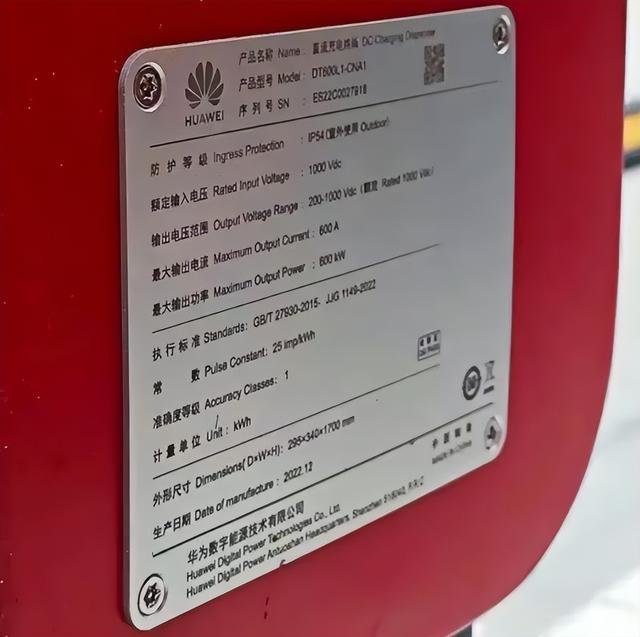
How does Huawei achieve greater charging power by leaps and bounds? What does the appearance of 600kW over-filled pile mean? Let the Kung Fu car show you around.
(1) 100 degrees in 10 minutes, more than twice as fast as Tesla V3?
First of all, we have to figure out what is the concept of 600kW overcharge. Let’s just say that ordinary household slow charging is generally 7kW, and Huawei’s overcharging speed is nearly 100 times that of household slow charging. The power of State Grid charging piles is generally 40 ~ 60 kW, and 600KW is more than ten times that.
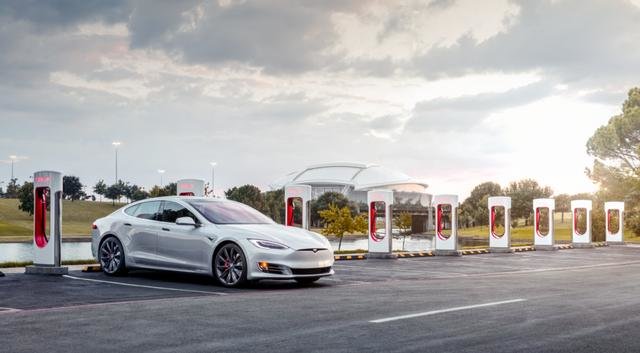
Tesla V3, which is talked about by fans, is overcharged, with a maximum power of 250kW, which allows Model 3 to travel 250 kilometers in 15 minutes. The charging speed of Huawei’s 600kW overcharge is more than twice that of V3. Theoretically, it can charge 100 kWh in 10 minutes, and it can fill the Qian Shan Cui of Han EV with a battery life of more than 700 kilometers in a little more than 10 minutes.
Since the advantage of overcharge is so great? Then why don’t other car companies do the 600kW overcharge like Huawei? Of course, I don’t want to do it, but I can’t do it.
To increase the charging power, it is necessary to increase the charging voltage or current. Increasing the voltage will make the arc problem more serious, and at the same time, higher requirements are put forward for the performance of high voltage DC relay, such as withstand voltage grade and current carrying capacity. Increasing the current will lead to thicker cables and greater heat loss, and even female drivers may not be able to carry charging piles.
The technical difficulty is too high, which is also the reason why the ultra-high power overcharge can not be popularized.
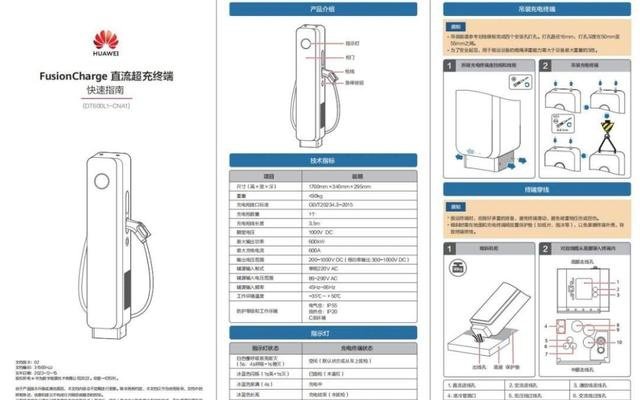
Judging from the current situation, Huawei, as a technical madman, seems to have initially found the answer. According to Huawei official website’s introduction, this new type of over-charged pile is called "FusionCharge DC Super Fast Charging Terminal", and a special liquid cooling structure is introduced to solve the problem of excessive heating under high current, and at the same time, the cable weight is reduced by 50%, which can be easily controlled by ordinary drivers.
In terms of high voltage realization, Huawei has developed a set of "kilovolt high voltage" full-stack power domain solution, which not only includes electric drive boosting and high voltage thermal management at the automobile end, but also includes ultra-high voltage realization at the charging pile end. After all, Huawei itself started as a power electronic device, and it is also an authority in the field of inverter servo. It can be said that it is a great advantage to make super-filled piles.
Other car companies are miserable. They rely more on suppliers, but suppliers are less likely to vigorously develop new technologies to impact their existing businesses. In this way, Huawei’s 600kW may be super-charged and exclusive for a long time.
(2) Ask M9 to take the lead, and Aouita and Polar Fox will have soup?
Now that the 600kW over-filled pile has come out? So which cars can be used? At present, the polar fox Alpha S and Aouita 11, which adopt Huawei HI technology, should bear the brunt.
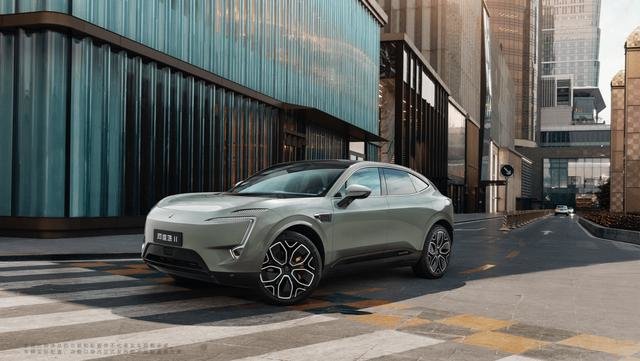
According to the previous news, the Extreme Fox Alpha S Huawei HI Edition is equipped with an 800V high-voltage fast charging platform and a 480kW low-temperature pulse speed heating function, which can enter the state at the moment when the charging gun is inserted. Because Aouita 11 is compatible with the design of single motor, it adopts a 750V high-voltage fast charging platform, which can also charge for 10 minutes and increase the battery life by 200km.
These two models are the highest-end models of Huawei, but strictly speaking, they can’t play the full strength of 600kW overcharge, which is determined by the electrification platform of the model.
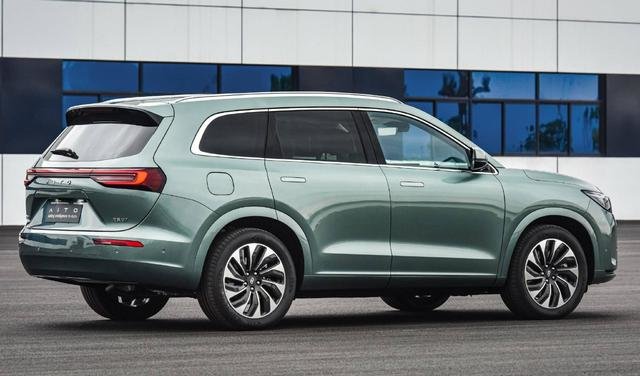
Not surprisingly, the first model to take the 1000V high-voltage platform will be Huawei’s flagship SUV M9. With the 600kW overcharge blessing, its recharge ability is naturally no longer worrying.
For the first time, the M9 will be equipped with a complete Huawei advanced assisted driving solution, which is the advanced version of the set on Huawei HI Edition of Extreme Fox Alpha S.. With the help of a new generation of lidar and intelligent driving chips, the computing power and perception ability have been greatly improved, and with the help of more mature algorithms, there is no doubt that it will stabilize the first echelon of intelligent driving in China.
The new car will also be pre-installed with HarmonyOS OS3 system, which can realize the functions of super desktop, PC dual-screen collaboration, adaptive adjustment of HUD height, intelligent car search and so on. The HUD can be adjusted adaptively according to the driver’s sitting posture, the PC dual-screen cooperation can make the new car "mobile office" in seconds, and even the Tik Tok can be controlled through the steering wheel, and the time dynamic wallpaper will change actively according to the climate and time.
In short, if you are interested in smart technology after all, Huawei’s new flagship SUV will never be disappointing. It is the ceiling.
(3) The journey and power exchange are all gone, and Huawei is playing with the bottom of the pot?
The greater significance of Huawei’s mass production of 600kW overcharge may lie in the impact on other "transition" routes. It has to be said that although the penetration rate of new energy vehicles in China has exceeded 30%, the growth rate of pure electric vehicles is not as good as that of plug-in hybrid and extended-range electric vehicles, and many car companies are eager to change the power mode.
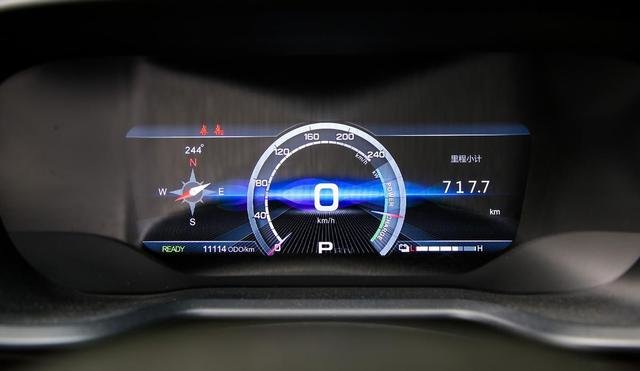
The most critical point is the "mileage anxiety" of electric vehicles. The battery life of a new generation of electric vehicles is not low. Take the deep blue SL03 as an example. For less than 200,000 yuan, you can buy a pure electric version with a battery life of 705km. Even if the battery life is discounted under special circumstances, it is not a problem to run 600km.
Can a fuel truck run 600km with a tank of oil? In fact, it is also very mysterious. Take "Divine Car" Sylphy as an example, its fuel tank volume is 47L, and the fuel consumption in urban areas is about 7.5L/100km, so the battery life will exceed 600km. But this is one of the most fuel-efficient A-class family cars. In fact, most of the best-selling cars and SUVs can only run about 550km per tank of oil.
In other words, the battery life of electric vehicles is actually not weak, and the real difficulty lies in replenishing energy. On the one hand, charging stations are not as ubiquitous as gas stations, on the other hand, the charging speed can’t keep up. One car often occupies the charging pile for more than an hour, and other cars can only stare.
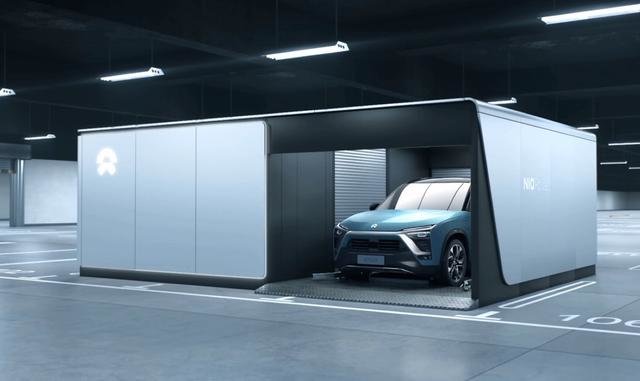
Changing electricity can solve this problem to a certain extent, but at the cost of higher requirements for battery design and greater investment in infrastructure, just changing the battery reserve of the power station is not a small expense.
Distance can also solve some problems. Usually, electricity is used in urban areas, and oil is used in high-speed situations, so you don’t have to worry about running out of batteries. However, the two systems of oil and electricity take up a lot of space and cost in parallel, and most people will choose to use electricity mainly (after all, electricity is cheap), so the pressure on the battery will be greater and the frequency of charging will increase greatly.
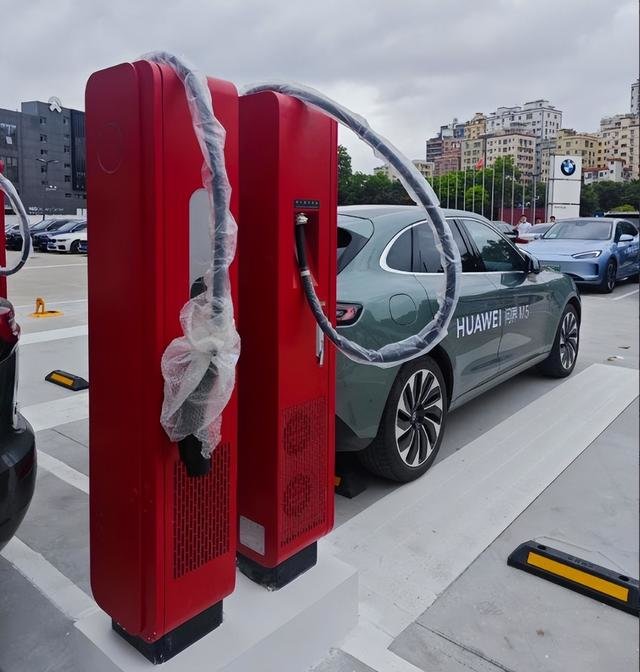
Comparatively speaking, ultra-high power overcharge may be a better answer. The charging sales volume of Huawei’s 600kW fast charging station is more than ten times that of ordinary State Grid charging station and more than twice that of Tesla V3 fast charging station, which means it can accommodate more electric vehicles. At the same time, it can replenish 400km in 5 minutes, and consumers’ confidence will be more sufficient, and their anxiety will be greatly reduced.
From this perspective, Huawei has actually come to the bottom of the pot. It seems that you are engaged in technical climbing inadvertently, but actually you are indirectly attacking your opponent.
(4) Kung Fu is angry
Finally, many people think that 600kW over-filled piles can only be used by specific vehicles, but this is not the case. Charging piles can be "backwards compatibility", whether it is 250kW, 350kW, 450kW overcharge or 600kW overcharge, they can be synchronized and compatible.
In other words, don’t worry about Huawei’s overcharge. The biggest suspense now is what advantages Huawei can achieve through this technology.
I have to say that after Huawei entered the market, it added more scientific and technological ideas to the automobile industry.